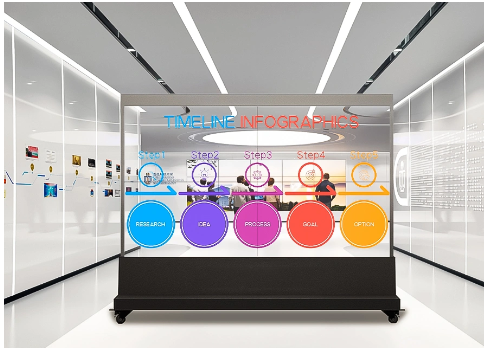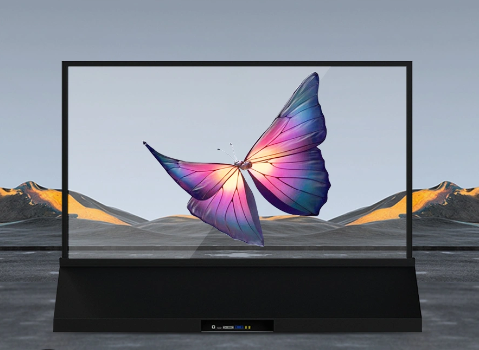To expand your news reach, consider advertising with our media partner, Patch Media, at https://heypapipromotionsmedia.town.news/. Patch is a nationwide news network comprising over 1,000 hyperlocal websites dedicated to community news across the United States. For press release distribution services, please call or visit https://heypapipromotions.com/advertise.
Transparent OLED technology has emerged as a groundbreaking development in the realm of display technology. Initially regarded as a concept only seen in science fiction movies, Transparent OLED has now become a tangible reality. The journey of its development, from early research and prototypes to refined commercial products, highlights the collaborative efforts of scientists, engineers, and manufacturers.
Understanding the underlying science of Transparent OLED is crucial to appreciating its revolutionary capabilities. Transparent OLEDs are composed of multiple layers, including organic compounds that emit light when an electric current passes through them. This section explores the physics and chemistry behind OLED technology, explaining concepts such as electroluminescence and pixel structure, which contribute to the transparency and visual quality of Transparent OLED displays.
Transparent OLED opens up a whole new world of creative possibilities. By seamlessly integrating digital content with the real world, Transparent OLED enables captivating visual experiences. This section explores how Transparent OLED displays can be incorporated into various environments, such as retail stores, museums, transportation, and architectural structures. It highlights the potential for interactive exhibits, eye-catching advertisements, augmented reality applications, and immersive storytelling.
Transparent OLED's impact extends beyond the realm of entertainment and advertising. This technology is transforming industries and revolutionizing conventional practices. In retail, Transparent OLED displays are being used to showcase products and provide interactive product information. In automotive design, Transparent OLEDs are integrated into car windows, offering augmented reality navigation and passenger entertainment. Architecture is also benefiting from Transparent OLED, with buildings featuring transparent displays for communication, information dissemination, and artistic expression.
Transparent OLED offers a paradigm shift in user interface design. This section examines how transparent displays can seamlessly blend with physical objects, providing intuitive and futuristic interfaces. Transparent OLED touchscreens, for example, can be used in various devices, from smartphones to smart appliances, enabling novel ways of interacting with technology. Transparent OLED overlays on everyday objects, such as mirrors and kitchen countertops, can provide contextual information and enhance user experiences.
While Transparent OLEDbrings a myriad of possibilities, there are still challenges to be addressed. This section discusses factors such as cost, manufacturing scalability, and durability that need to be considered for broader adoption and integration of Transparent OLED technology. It explores ongoing research and development efforts aimed at overcoming these challenges, such as improving transparency levels, increasing production yields, and optimizing energy efficiency.

As Transparent OLED continues to evolve, its future holds immense promise. This final section explores the potential advancements and applications that lie ahead. The integration of Transparent OLED with flexible and bendable displays opens up possibilities for wearable devices, foldable smartphones, and curved transparent screens. Advancements in transparency levels, resolution, and color accuracy will further enhance the visual appeal and usability of Transparent OLED. Moreover, the integration of Transparent OLED with emerging technologies like 5G, IoT, and artificial intelligence will unlock new dimensions of interconnectivity and information dissemination.
